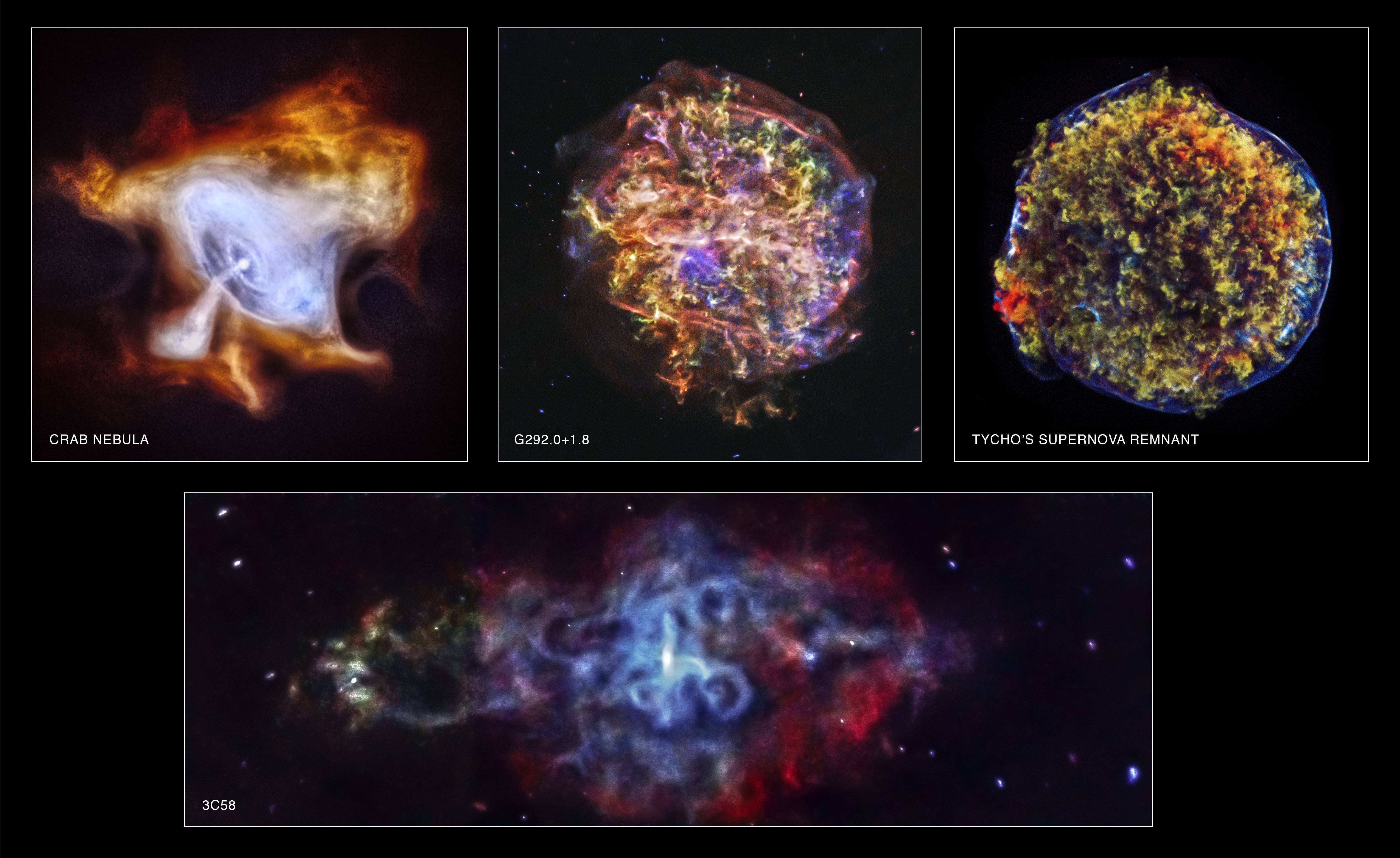It’s well past the Fourth of July, but you can still easily find fireworks in the sky if you look around. The Chandra X-Ray Observatory has been doing just that for the past 15 years, revealing what the universe looks like in these longer wavelengths that are invisible to human eyes.
Just in time for the birthday, NASA released four pictures that Chandra took of supernova (star explosion) remnants it has observed over the years. The pictures stand as a symbol of what the telescope has shown us so far.
“Chandra changed the way we do astronomy. It showed that precision observation of the X-rays from cosmic sources is critical to understanding what is going on,” stated Paul Hertz, NASA’s Astrophysics Division director, in a press release. “We’re fortunate we’ve had 15 years – so far – to use Chandra to advance our understanding of stars, galaxies, black holes, dark energy, and the origin of the elements necessary for life.”
The telescope launched into space in 1999 aboard the space shuttle and currently works at an altitude as high as 86,500 miles (139,000 miles). It is named after Indian-American astrophysicist Subrahmanyan Chandrasekhar; the name “Chandra” also means “moon” or “luminous” in Sanskrit.
And there’s more to come. You can learn more about Chandra’s greatest discoveries and its future in this Google+ Hangout, which will start at 3 p.m. EDT (7 p.m. EDT) at this link.

